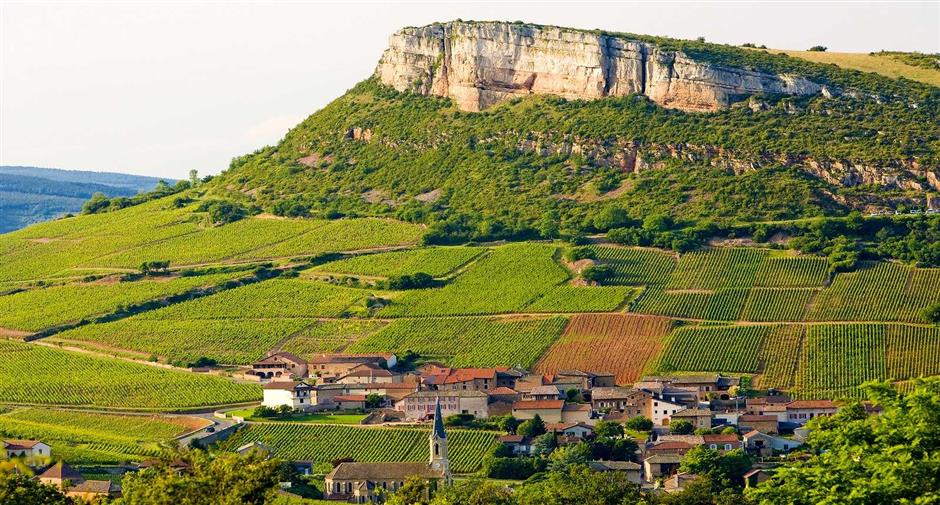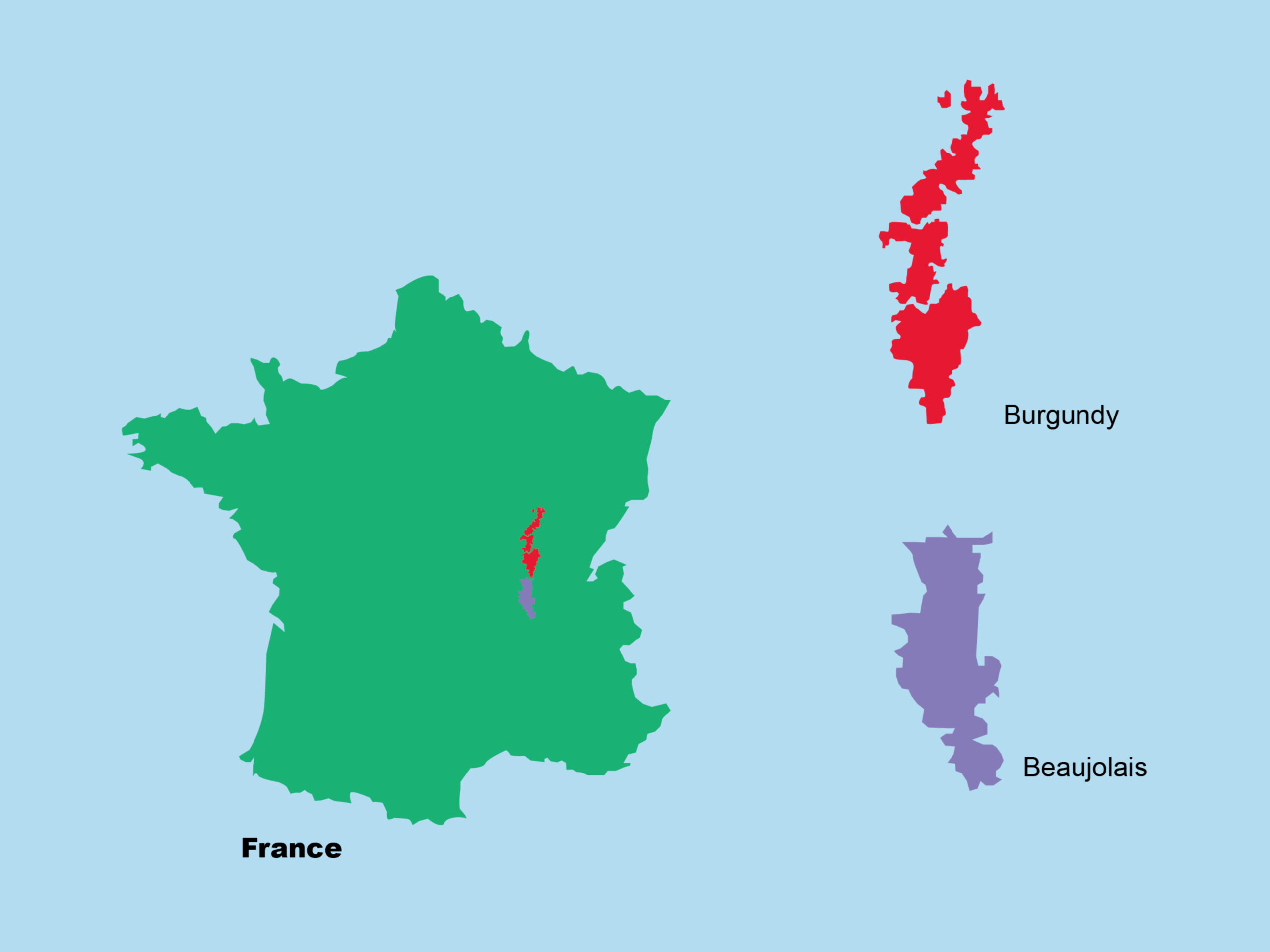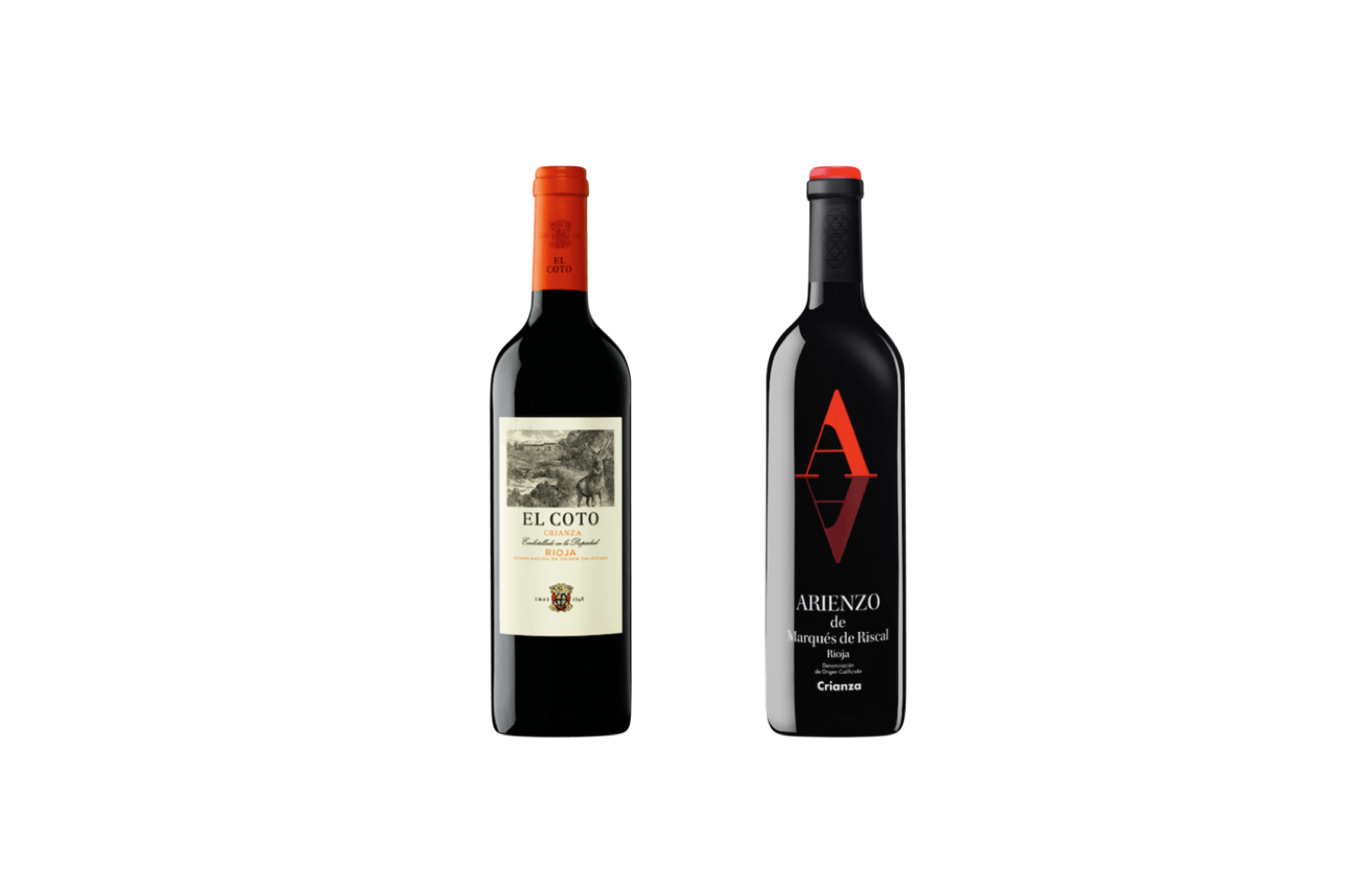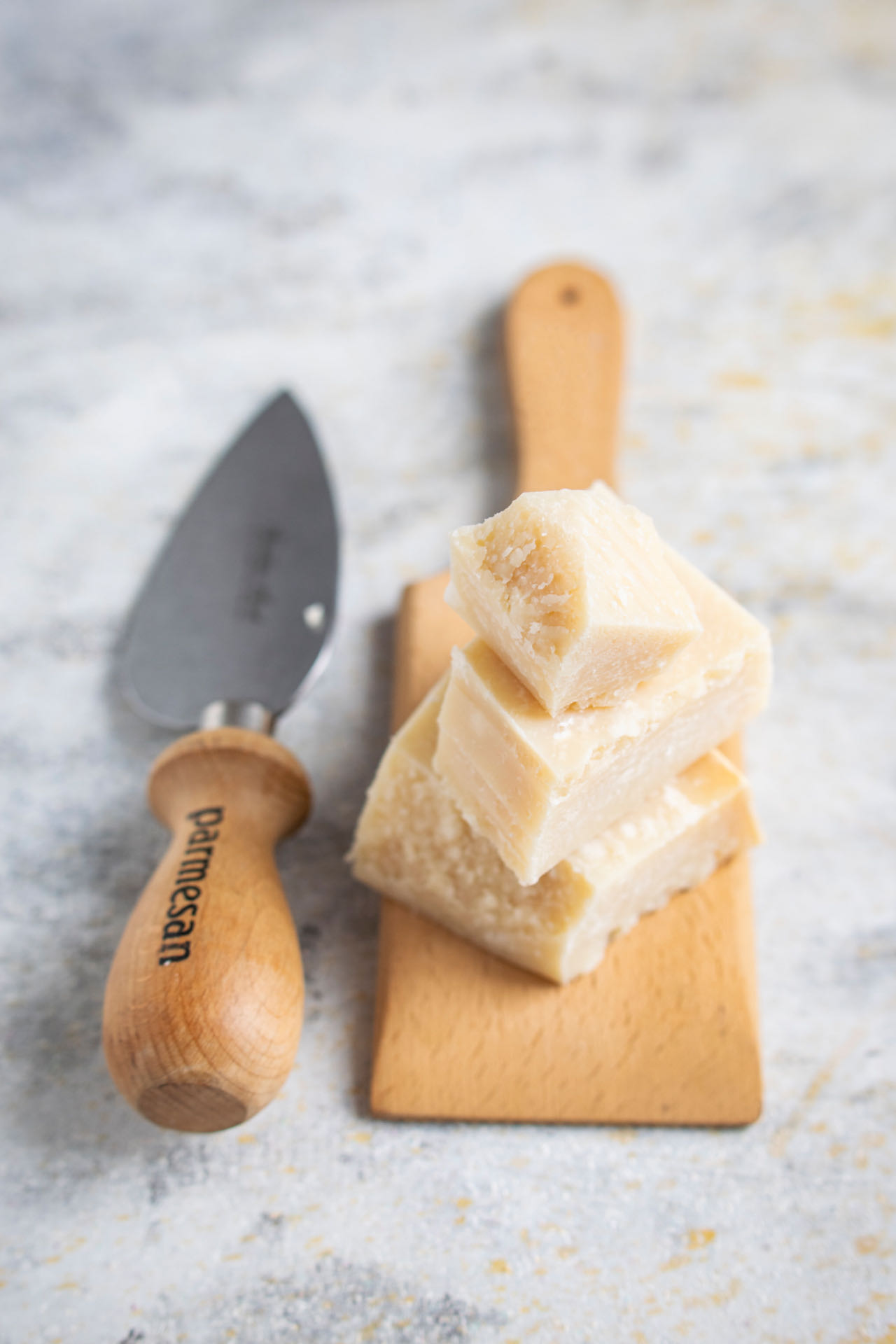Summary
The French word aperitif derives from the Latin “apertitiuvum.” Italians refer to this pre-meal ritual as aperitivo. Since ancient times, medical professionals have prescribed a glass of wine before meals.
The great granddaddy of all doctors in the West, Hippocrates counseled a glass of wine before eating in order to stimulate and calibrate your senses. The practice of having a glass of wine before dinner became an institution among the European elite during the Middle Ages. The health and social benefits of having a glass of wine continued to be widely extolled during the Renaissance. Modern science concurs.
Studies by Indiana University School of Medicine indicated that a drink before dinner increases the brain’s sensitivity to external food clues like colors and aromas thereby helping build anticipation of eating.
In the US doctors are using a glass of wine before dinner as appetizing building treatments for the elderly, anorexics and cancer patients.
Having an aperitif also has psychological benefits, especially in the evening.
An aperitif can be used as a social or reflective transition moment from your hectic, busy and stressful day to a relaxing and pleasing dinner.
A glass of wine slows down your frenzied day and puts you into a calmer and more positive frame of mind to enjoy your meal.
Even to this day when dining out, I find the practice of immediately sitting and ordering a meal far less civilized and pleasing than leisurely having an aperitif, contemplating your culinary experience to come and deliciously easing your way into the meal.
A proper aperitif should refresh the palate, stimulate the appetite and gently glide a person into a pleasurable mood. The best wines to achieve this are dry, fresh and nimble white wines or sparklers that tantalize and stimulate the taste buds.
This week I’ll introduce two often overlooked white wines from Burgundy that tick all the boxes for being superior aperitifs and won’t put you in the poor house.
When beginning your quest for good-value, aperitif-friendly white Burgundies there are two words to remember, Macon and Aligote. The former is a region and the latter a grape.
Located in southern Burgundy between Cote Chalonnaise to the north and Beaujolais to the south, Macon is a large area with several notable villages and regional AC wines.
In Macon, Chardonnay is by far the most cultivated variety. In times past, the wines of Macon were compromised by unscrupulous producers who emphasized quantity over quality.
But the past few decades has seen a marked improvement in quality.
In escalating levels of quality, the appellations of this region are Macon AC, Macon Superieur AC and Macon-Villages AC. Macon also has several villages that make notable wines.
The most famous, and expensive, come from Pouilly-Fuisse but the villages of Pouilly-Loche, Pouilly-Vinzelles and Vire-Clesse also often make good wines that cost less.
The Macon Superieur AC denotes wines with at least 11 percent alcohol compared to the 10 percent minimum requirement for Macon AC wines.
There are 43 villages in Macon that are allowed to use Macon-Villages on the label, and these wines are usually the most reliable of the three Macon AC, usually offering very good price-quality ratios.
Good Macon producers include the large concerns Louis Jadot, Chanson and Drouhin as well as a host of smaller producers.
The Aligote variety is a far humbler grape than the noble Chardonnay but in the right hands this variety makes extraordinarily fresh and clean wines that are perfect aperitif wines.
The restrained fruit and bracing acidity of Aligote wines makes them especially refreshing wines. Stylistically, these wines are more appropriate for experienced drinkers who oft times favor wines with solid acidic backbones. Beginners usually favor more fruit forward wines.
In times past, Aligote was often inter-planted and field-blended with Chardonnay.
This early-ripening, frost-resistant grape is also blended into many Cremant de Bourgogne sparkling wines and is also cultivated in Eastern Europe and California.
Aligote is also the wine of choice in the famous white wine-cassis Kir cocktail. Top Aligote wines achieve an admirable balance between reserved fruit and mouth-puckering acidity with several of the examples coming from the village of Bouzeron. Some of my favorite Burgundy Aligote producers that have wines available in Shanghai are Roux Pere et Fils, Chanson, Pierre Morey, JP Fichet and Faiveley.
When buying budget-beating Macon and Aligote whites, it’s important to select wines from a recent vintage. Unlike the grand age-worthy Burgundian whites of the Cote d’Or, these less-celebrated wines should be enjoyed young, when they still retain all their freshness and fruity exuberance.
I suggest staying away from any vintages before 2015. Whether enjoyed as an aperitif or with light summer fare, remember to serve the Macon and Aligote wines well-chilled or about 8 Celsius.





